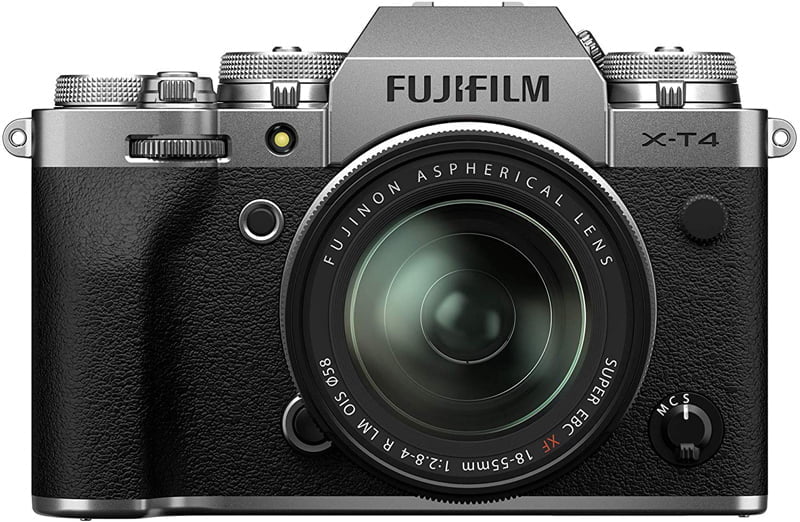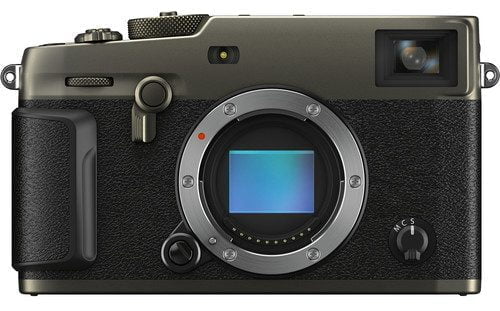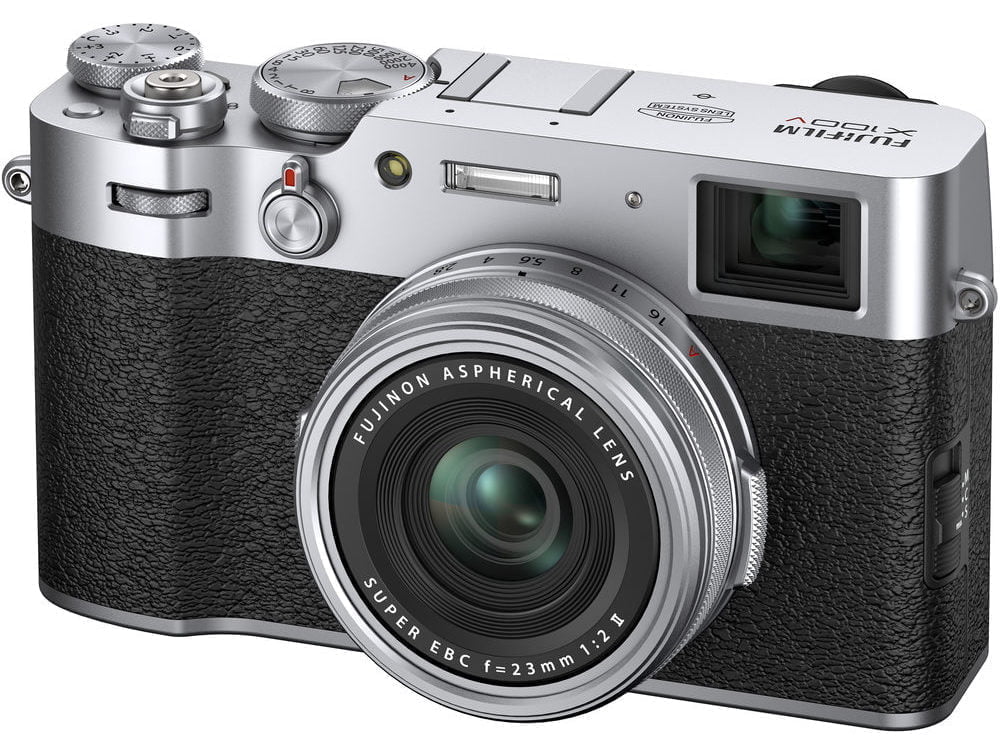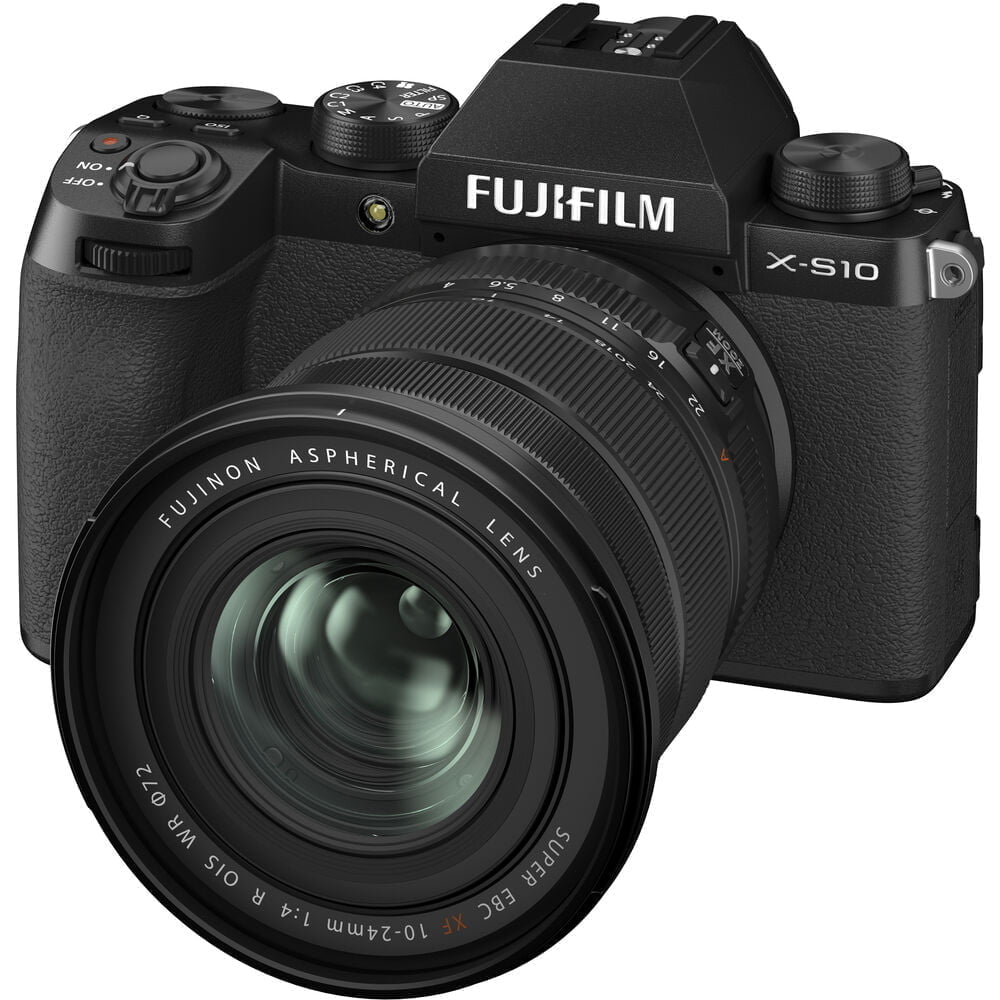Disclosure: This post may contain affiliate links. I earn a small commission of product sales to keep this website going.
I get a lot of emails asking, “which Fujifilm camera should I buy?” Enough where I thought it’d be time to address this in a multi-part article series, Building your Fujifilm Photography Kit! And don’t worry, I’ll still continue answering those emails 🙂
But why a multi-part series? Because I can rarely answer those emails without any extra information. And it’s no secret that I can’t stand those “The Best Digital Camera to Buy in 2021” articles on the web. There’s just no way to simplify this topic like that.
It’s more than just specs. It’s also budget and looks. And perhaps more important – your skills and needs as a photographer.
That’s what I’ll attempt to take a jab at here (COVID-era pun) with regards to choosing a Fujifilm camera. This article will be more philosophical in nature rather than just, “buy this.”
Part 2 is all about the lenses and Part 3 is all about the accessories.
Who are you as a photographer?
Are you an introvert? An extrovert? Do you consider yourself a creative or a documentarian? Do you love to travel or do you mainly document the streets in your hometown? Or do you never even leave your photography studio?
Fujifilm cameras can accommodate all of these kinds of photographers – but not all at once.
It really helps if you can identify who you are and the kinds of subjects you’ll be photographing. Because let’s be honest, not all Fujifilm cameras are created equal. And not all Fujifilm cameras will suit every photographer.
I think this is one of the biggest sticking points for photographers building their Fujifilm photography kit. They look at the cameras that other photographers are using without looking at how they’re being used.
Sure, the X100V is a sexy little camera. You’ve read about it and you’re happy with the sample images you’ve seen from it. That doesn’t mean you’ll want to get it for your wildlife photography.
So break down what you want to do with your photography. Perhaps you fall into one or more of these categories:
- Street photographer
- Documentary photographer/photojournalist
- Event/wedding photographer
- Casual photographer photographing your family
- Nature & wildlife photographer
- Travel photographer
- Landscape photographer
These are just a few ideas. Brainstorm and come up with you.
This is the first step in choosing a Fujifilm camera.
What do you need as a Fujifilm photographer?
One group of photographers will have a different set of needs than another group of photographers. What do I mean?
A street photographer may love a 35mm fixed focal length, a la X100V, and have no need for an interchangeable lens camera. An event photographer will need the ability to swap out lenses.
Outdoor lifestyle photographers will need a robust camera that’s sealed from the elements. A studio photographer will not need this.
So it’s worth coming up with a list of “must haves,” “nice to haves,” and “don’t need.” Some things that you may want to consider placing in these three categories:
- Weather sealing
- Interchangeable lens
- In-body image stabilization
- Relative size (small or “doesn’t matter”)
- Rangefinder design vs SLR design
- LCD screen articulation
- Movie capability
- Backup memory card slots
- Numerous programmable physical buttons (as opposed to going into menus to change things)
The nice thing about Fujifilm cameras is that, for the most part, they’re all the same on the inside. Sure, there are some differences in features available in an X-T200 (consumer) versus an X-T4 (prosumer/professional), for example. But nearly all cameras have the same sensor & processor across every model within that generation of camera. And the same can nearly be said for “specs”. If the current generation can go up to ISO 12800, then every camera in that generation will have that capability.
So most (but not all) of the differences you’ll find are in physical functionality and the differences between each generation of camera development.
What is some of that functionality that you need versus what would be nice to have versus what you don’t need at all?
Budgeting for a Fujifilm photography kit
I wish I could get to people before they buy their first camera. Wait, I hope that’s what I’m doing here!
What I want to tell people is, your primary budgeting consideration should be the lens. Use the leftover to buy the camera. So maybe my article series should have started with lenses. Still, I know people will want to know about camera bodies first because that’s where all of the emphasis is.
Camera bodies come and go. It seems cameras are upgraded every couple of years as technology advances.
But lens technology moves much slower. Glass is glass. Lens coatings have all but topped out for now. Focus motors are fast and quiet already with little room for improvement. Optical image stabilization is found in many lenses and is remarkably advanced.
So with that in mind, I would always recommend looking at the best lens you can afford, that fits your needs (the subject of Part 2), and then determine which camera you can afford after that.
You will outgrow your camera. You will (hopefully) be saving up for a better camera someday. And when that day comes, get that more expensive camera. You’ll still be able to use that phenomenal lens that you’ve had all along.
I’ve had my 16-55mm f/2.8 lens from an X-T1 through an X-T4. It’s beat to hell but is still my favorite lens that accounts for ~80% of my images. I hope to have it for years to come.
The other consideration is to not blow all your money on a Fujifilm photography kit to where you have no more money left to go travel or do other things to enjoy your new camera.
Look at your ideal lens(es) and how much they’ll cost. Subtract that from your total budget. This is your camera body budget.
You’ll have to go to that list of “must haves” and start crossing off some of those “nice to haves” if it means saving money for enjoying your camera.
Buying used & renting
One thing often overlooked is not buying a brand new camera right off the bat.
You can rent what you think is the camera of your dreams first. Use it for a week and see if it really is the one that meets your needs. LensRentals.com and BorrowLenses.com are both good rental houses.
Buying used is also a wonderful option that will save you money if you don’t have a big budget to begin with. I bought a used X-T1 off of eBay when I was first entering the Fujifilm X system. It worked just fine and I never would have known it was used! It saved me a lot of money and cemented my choice to invest in Fujifilm, later allowing me to have the money to upgrade to a new X-T2. In addition to buying used from a private party on eBay, you can also buy used gear from B&H Photo and Adorama.
Some suggestions for Fujifilm cameras
So this is where I’m going to tell you which camera to get for your Fujifilm photography kit.
Kidding! I can’t do that. You’re the one who made the lists!
But here are some suggestions. I’m going to keep it to the current generation of Fujifilm X cameras; you can obviously look into the predecessors to save some more money if they suit your needs.
Please check out all of the features for my recommendations to make sure they meet your needs and budget. Note that all of the links are affiliate links as bloggers do; if you make a purchase I’ll get a tiny percentage of the sale to keep this website going.
Documentary photographers
This is a fairly large and nebulous “genre” but encompasses photographers who take pictures of daily life, travel, events, and a wide range of subject matter. You really can’t go wrong with any Fujifilm camera for documentary photography. It all just depends on your preferences and budget.
The top-of-the-line cameras right now are the interchangeable-lens X-T4 (SLR-style body) and X-Pro3 (rangefinder-style body). Both are weather-sealed and are packed with all the features found in current Fujifilm cameras. They’re the larger cameras in the lineup, but it’s all relative – they’re still smaller than your traditional DSLRs.
If you don’t need all those features (like weather sealing) you can look into the X-T30 (SLR-style body) or new X-E4 (rangefinder-style body). They come in smaller packages and with a smaller price tag.
Comfortable with a fixed focal length? The X100V is an amazing camera with a fixed 23mm lens, which gives you the equivalent field of view of a standard 35mm lens, close to what the human eye sees. This is a camera you can put in your pocket. It can also be weather-sealed with a cheap & simple lens modification.
If the X-T4 is too pricey for you but you still want some outstanding movie capability in addition to photography capability, you may want to consider the X-S10. I’ve started using this camera for movie recording and it’s honestly blown me away at what it can do. As far as the photographs go, it’s indistinguishable from the X-T4.
Event & wedding photographers
Event photographers, like for weddings, concerts, etc., are documentary photographers. The same considerations above apply when choosing a Fujifilm camera.
The difference is that if you’re photographing events you’re likely going to want an interchangeable-lens camera. The X100V is not a great idea as a primary camera.
Portrait photographers
There’s really no “best Fujifilm portrait camera”; they’re all extremely capable in this genre. As far as portraits go, the cameras are mostly identical. Most of the differences will come in your lens selection, the subject of Part 2 of this series.
This decision is going to come down to whether you prefer an SLR or rangefinder-style body, what your budget is, and if you need weather-sealing (for portraits?).
Wildlife & landscape photographers
Wildlife & landscape photographers are likely going to want a camera with weather-sealing if you spend a lot of time outdoors, especially in damp and/or dusty environments. You’ll also want an interchangeable lens camera. This leaves the X-T4 and X-Pro3 as the only viable options that meet these requirements. Many of these photographers prefer the SLR-style X-T4 body.
If you don’t have the budget for the X-T4, no worries! You can still consider the X-T30 or X-S10. They’re still robust cameras. You’ll just want to make sure you get a rain cover for them when you’re out in the elements.
You will have your work cut out for you when choosing a Fujifilm lens for wildlife & landscape photography.
Street photographers
Street photographers usually prefer a rangefinder-style camera (it’s a cultural thing).
You’ll also want to consider the invasiveness of the camera. I’m not advocating for “sneaking” pictures of strangers in street photography. But strangers are more likely to agree to a picture – and you’ll bring less attention to yourself – with a smaller camera. A Canon 1D with 70-200mm lens is an awful choice for street photography. Thankfully, Fujifilm cameras already start fairly small.
The X-Pro3 is the top-of-the-line rangefinder camera that allows you to swap out lenses to get different looks while on the street. It’s also the largest. You can also consider the more compact X-E4, which will also save you some money.
Many street photographers love the X100V despite the fixed focal length. The focal length is perfect for countless photographers and is all they need, and is about as noninvasive as you can get for working on the street.
How will you build your Fujifilm photography kit?
I hope all of the steps to choosing a camera body make sense:
- Identify the type of photographer you are/want to be
- Identify the “must have,” “nice to have,” and “unnecessary” features
- Determine your total budget with priority towards the lens
You can also check out my more technical Fujifilm X Camera Comparison article for more information on these cameras.
And once you’re all set with a camera you can check out my Fujifilm X Course Membership which includes everything you need to set up your new Fujifilm camera, how to use the features for photography, link up with other photographers in the forum, and more.
Don’t forget to check out Part 2 of the series, finding the right Fujifilm lens.





Seth W.
Wednesday 29th of January 2025
Just starting my journey after some soul searching. Stepping in with a Finepix HS20 EXR. Just wondering where I stand in terms of versatility and staying power for what I've got. I'm loving what I'm getting with this beauty, but I know there's more I can do with it. Any tips are appreciated! Much love <3
John Peltier
Wednesday 29th of January 2025
I'm not familiar with the FinePix line, but Fujifilm has been making great cameras for a long time. That one is 15 years old now, so certainly the tech has improved leaps and bounds since then. But as the saying goes...the best camera is the one you have. Focus less on how "current" it is and more on composition and storytelling - you can create compelling photos with any camera so long as you're prioritizing the creative aspect of it.
Paul Votava
Friday 11th of August 2023
In 2023, the X-Pro 2 is still plenty capable and is also weather sealed. Don't count it out. Purchased mine on MPB a year ago and seemed almost new. I pair it with the pancake XF 27mm f2.8 WR for the smallest profile and also the XF 23mm 23mm f2 WR is unobtrusive and light, gets me "into" the shot. Both go out in the rain with no issues. I have the XF 16-55 2.8 Zoom WR for landscapes and small scenes. I have the EBC 60mm f2.4 Macro, somewhat clunky and not true macro, but what a job it does on small product shots. Super sharp edge to edge. Next up is a telephoto and that is what I am stuck on currently for what I should save up for between the 3 WR I am looking at. I think what I will most consider after reading this is how much I will used it and then price point depending on that calculation. Great stuff you have going on here, started listening to your blog a couple months ago. Very informative.
Building your Fujifilm Photography Kit Part 1: The Camera - DIY Photography
Monday 14th of March 2022
[…] more about him on his website, Instagram, YouTube, and Twitter. This article was also published here and shared with […]
Building your Fujifilm Photography Kit Part 3: Essential Accessories - DIY Photography
Tuesday 1st of March 2022
[…] Building your Fujifilm Photography Kit Part 1: Camera Bodies […]
Building your Fujifilm Photography Kit Part 2: The Lenses - DIY Photography
Monday 28th of February 2022
[…] I truly do believe that you should budget and consider your lens before the camera, as discussed in Part 1 of this series. […]